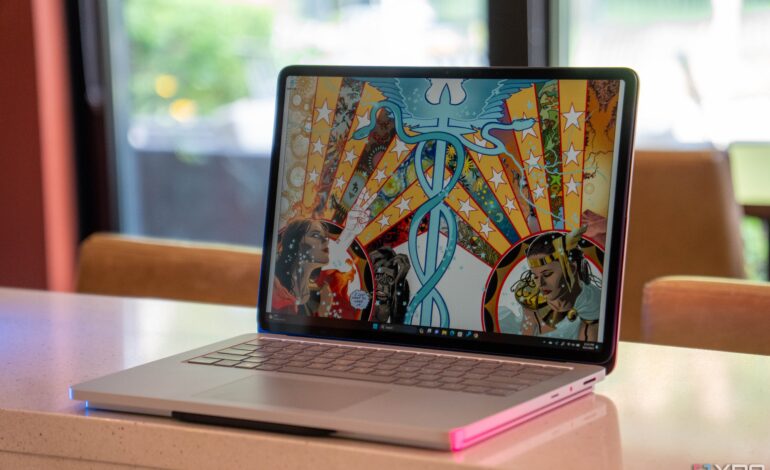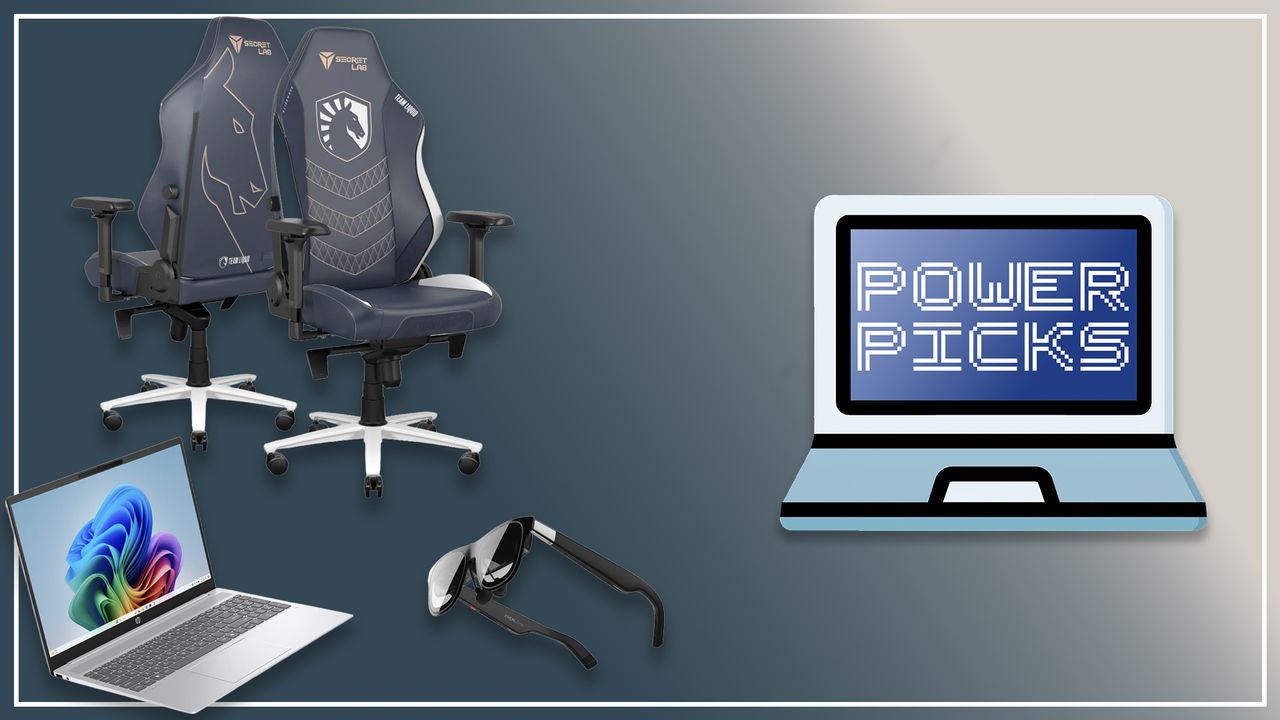Remembering 10 Tech Products That Were Abandoned Too Soon

The technology landscape is marked by innovation, but it also holds a history of products that vanished before their full potential could be realized. Many of these abandoned projects had unique features and ideas that, had they survived, could have shaped the tech industry differently. Here are ten noteworthy examples of tech products that left a significant impact, despite their untimely exits.
Plan 9: The Visionary UNIX Evolution
Plan 9 was an ambitious project aimed at advancing the UNIX operating system. Introduced in the late 1980s, it expanded on the foundational idea that “everything is a file” by applying this concept to networking and user experience. The operating system featured a graphical user interface (GUI) that moved beyond the confines of terminal commands, along with innovative elements like a capability-based security model and the Fossil file system, which allowed for version histories through snapshotting.
Despite its revolutionary ideas, Plan 9 struggled to gain traction in a market increasingly dominated by Microsoft Windows and the growing support for Linux. Many of the concepts introduced by Plan 9, such as advanced file system snapshotting, have since been integrated into modern systems like Btrfs and ZFS. Even today, a fan-driven project known as 9front carries forward the legacy of Plan 9.
Ask Jeeves: The Personal Butler of the Internet
Before the dominance of AI-driven search engines like ChatGPT and the rise of Google, there was Ask Jeeves. Launched in 1996, this search engine allowed users to pose questions in natural language, providing a more human-like interaction compared to its contemporaries. Despite its initial popularity, Ask Jeeves struggled to compete against the rapid advancements of Google, leading to its transformation into a basic search engine under the name Ask.com.
Today, the concept of having a virtual assistant to answer queries feels more relevant than ever, suggesting that Ask Jeeves may have been ahead of its time.
Google Hangouts: An All-in-One Communication Tool
Google Hangouts was once a go-to platform for video communication, allowing users to chat, share screens, and even watch YouTube videos together. Launched in 2013, it provided a seamless experience for users looking to connect virtually. The platform later introduced Hangouts on Air, enabling live streaming of conversations, which paved the way for casual podcasting.
Despite its initial success, Google struggled to maintain a coherent strategy for its messaging services, leading to the discontinuation of Hangouts. Although similar services exist today, many users still reminisce about Hangouts’ unique features that merged communication and entertainment.
PlayStation Vita: A Handheld Console That Struggled to Compete
Sony’s PlayStation Vita, launched in 2011, aimed to challenge the dominance of Nintendo in the handheld gaming market. While the original PlayStation Portable sold over 80 million units, the Vita’s sales were disappointing, with only about 17 million units sold globally. The rise of smartphones and tablets significantly hindered its success.
Despite its innovative features, such as remote play capabilities and impressive graphics, the Vita did not resonate with the broader gaming community. This failure led Sony to retreat from the handheld market, marking a notable moment in gaming history.
Windows Phone: Microsoft’s Mobile Ambitions
Microsoft entered the mobile operating system arena with high hopes but quickly faced challenges. The Windows Phone was launched in 2010, boasting a modern UI inspired by the Zune. However, the platform struggled to maintain compatibility across updates, creating a fragmented user experience. By the time Windows 10 Mobile was announced in 2015, many devices had already been left behind.
The missteps made during Windows Phone’s evolution ultimately led to its decline, demonstrating how crucial consistent development and support are in the highly competitive mobile market.
Google Duplex on the Web: An Innovative Concept
Initially launched as a phone feature, Google Duplex allowed users to make reservations and appointments through voice calls. The concept expanded to the web, enabling automated interactions with websites to streamline tasks such as purchases. Unfortunately, Google Duplex on the Web was discontinued in 2022, leaving a gap in automated web interactions that has yet to be filled.
As technologies like Gemini and Copilot emerge, the potential for automated web interactions remains strong, indicating that Duplex may have been a precursor to future advancements.
Vine: The Short-Form Video Pioneer
Launched in 2012 and acquired by Twitter shortly thereafter, Vine became synonymous with short-form video content. Its closure in 2017, just as TikTok was gaining traction, left many questioning what could have been. Vine had a significant head start in the realm of short videos and could have shaped the landscape of digital content in ways that remain speculative today.
Twitter’s decision to shutter Vine was part of a broader trend of missed opportunities, as evidenced by its later shutdown of Periscope, despite live streaming’s growing popularity.
Microsoft Band: A Missed Opportunity in Health Tech
The Microsoft Band, released in 2014, was part of the growing fitness tracker trend. The original model fell short, but the Microsoft Band 2 refined the design and user interface, appealing to a more health-conscious market. However, after just two iterations, Microsoft discontinued the Band line, missing out on the burgeoning digital health market.
As fitness technology continues to evolve, Microsoft’s early investment in health tracking could have positioned it as a leader in this space.
Reflecting on these ten products highlights how the fast-paced world of technology can sometimes overlook promising innovations. Each of these projects had the potential to reshape their respective fields but ultimately fell victim to market dynamics, strategic missteps, or shifting consumer preferences. As technology continues to evolve, the lessons learned from these abandoned ventures may serve as valuable insights for future developments.






